Home>Garden Essentials>Who Made Crop Rotation? AP World
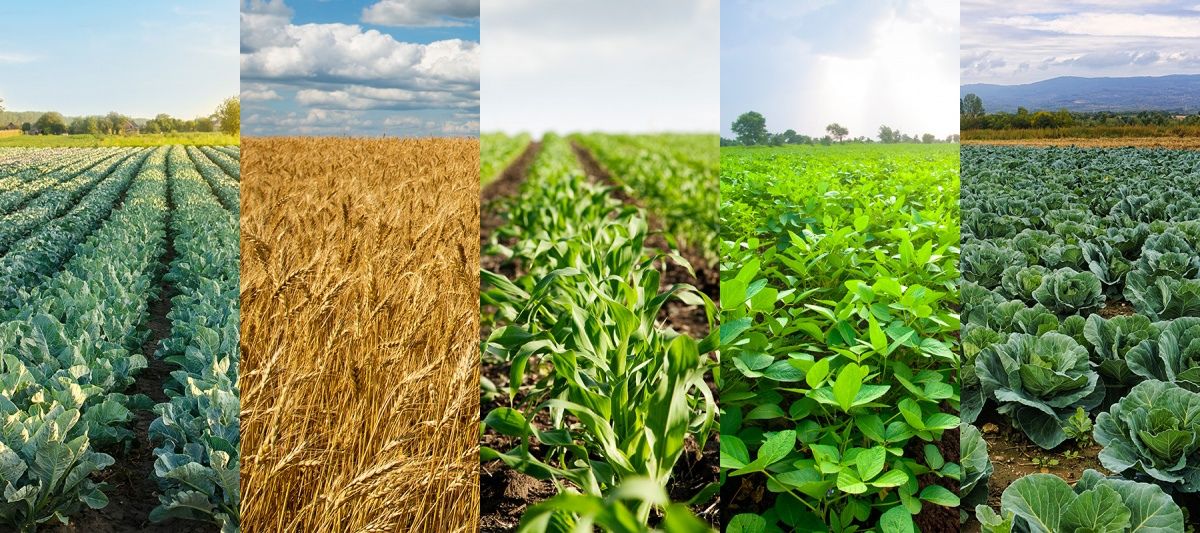

Garden Essentials
Who Made Crop Rotation? AP World
Modified: March 15, 2024
Discover the fascinating history of crop rotation in your garden with our AP World curriculum. Learn who made this agricultural practice and its impact on civilizations.
(Many of the links in this article redirect to a specific reviewed product. Your purchase of these products through affiliate links helps to generate commission for Storables.com, at no extra cost. Learn more)
Introduction
When it comes to successful gardening and sustainable agriculture, one practice stands out as a game-changer – crop rotation. Crop rotation involves the systematic rotation of crops in specific areas, ensuring their optimal growth and minimizing pest infestations and soil depletion. But who first discovered this innovative technique? In this article, we will delve into the origins of crop rotation and explore how ancient civilizations and medieval Europe contributed to its development.
At its core, crop rotation involves the strategic alternation of crops in a given area over a specific period of time. By rotating crops, farmers can effectively manage soil fertility, control pests and diseases, and reduce the need for synthetic fertilizers and pesticides. This sustainable approach to farming has played a crucial role in shaping modern agricultural practices.
The origins of crop rotation can be traced back thousands of years, with evidence suggesting that ancient societies were already practicing some form of rotational farming. The ancient civilizations of Mesopotamia, Egypt, and China recognized the importance of land management and devised methods to maximize the productivity of their agricultural lands.
For instance, in Mesopotamia, an early form of crop rotation called fallow farming was practiced. Fallow farming involved leaving fields uncultivated for a certain period, allowing the soil to recover its nutrients naturally. This rotation helped prevent soil erosion and maintain soil fertility in a region known for its rich agricultural potential.
In Egypt, the annual flooding of the Nile River brought nutrient-rich silt to the banks, creating fertile soil. Farmers took advantage of this natural phenomenon by practicing crop rotation, alternating between crops like wheat, barley, and legumes such as lentils and peas. This rotation allowed for the replenishment of nutrients in the soil, ensure sustainable farming in the long term.
In ancient China, farmers practiced a sophisticated form of crop rotation known as the “southern” and “northern” rotations. This system involved alternating paddy rice cultivation with the growing of crops like beans or millets. This rotation not only ensured the fertility of the soil but also helped control pests and diseases, optimizing agricultural yields.
The concept of crop rotation continued to evolve throughout history, with medieval Europe playing a vital role in its advancement. During this time, a three-field rotation system emerged, allowing for greater efficiency in land usage. The agricultural landscape was divided into three main fields: one for winter crops like wheat and rye, another for spring crops like barley and oats, and a third field left fallow. This rotation helped improve soil fertility, increased crop yields, and played a significant role in transforming European agriculture.
Crop rotation has had a profound impact on agricultural practices throughout history. Its development and implementation have revolutionized farming, enabling sustainable and efficient land management. Today, crop rotation remains a fundamental and widely practiced technique in modern agriculture, promoting soil health, biodiversity, and long-term productivity.
Key Takeaways:
- Crop rotation, practiced since ancient times, helps farmers grow healthier crops, control pests naturally, and maintain soil fertility, ensuring sustainable and productive agriculture for centuries.
- The three-field rotation system in medieval Europe revolutionized farming, maximizing land use, increasing food production, and promoting economic growth, shaping modern sustainable agriculture.
Read more: Who Invented Crop Rotation?
The Origins of Crop Rotation
The practice of crop rotation can be traced back to ancient civilizations, where farmers recognized the importance of sustainable land management and the need to maintain soil fertility. The origins of crop rotation can be found in Mesopotamia, Egypt, and China, where innovative farming techniques emerged.
In Mesopotamia, one of the cradles of civilization, farmers practiced a form of crop rotation known as fallow farming. Fallow farming involved leaving a field uncultivated for a certain period, allowing the soil to rest and replenish its nutrients naturally. This technique helped prevent soil erosion and maintain soil fertility, ensuring sustainable agricultural practices in a region known for its fertile land.
A similar approach was adopted in ancient Egypt, where the annual flooding of the Nile River brought nutrient-rich silt to the banks, creating fertile soil. Farmers in Egypt practiced crop rotation by alternating the cultivation of different crops. This rotation involved growing wheat and barley in one season, followed by legumes like lentils and peas in the next. The legumes helped fix nitrogen into the soil, enriching it with essential nutrients and promoting sustainable farming in the long term.
Around the same time, ancient China developed its own sophisticated crop rotation system. Known as the “southern” and “northern” rotations, this technique involved alternating the cultivation of paddy rice with the growing of other crops such as beans or millets. The rice paddies, with their standing water, helped control pests and diseases, while the rotation of crops ensured proper nutrient cycling in the soil. This method enhanced agricultural productivity, allowing for sustained yields and the ability to feed large populations.
As ancient civilizations thrived, the knowledge and understanding of crop rotation spread along the trade routes and influenced other agricultural societies. The adoption of crop rotation was not only advantageous for soil fertility but also had economic benefits, as it improved overall crop yields and reduced the risk of widespread crop failures.
However, it was during medieval Europe that crop rotation reached new heights. In response to population growth and increasing demands for food, farmers began practicing the three-field rotation system. This system divided the agricultural land into three main fields: one for winter crops like wheat and rye, another for spring crops like barley and oats, and a third field left fallow. The rotation ensured that each field had a chance to rest and recover its nutrients, resulting in improved soil fertility and increased agricultural productivity. The three-field rotation system played a crucial role in the agricultural revolution of medieval Europe, allowing societies to sustain larger populations and fueling economic growth.
Today, crop rotation continues to be an essential practice in agriculture. Farmers around the world employ various crop rotation techniques to optimize yields, control pests and diseases, and maintain soil health. From the early innovations of ancient civilizations to the sophisticated systems of medieval Europe, the origins of crop rotation have shaped modern agricultural practices and underscored the timeless importance of sustainable land management.
Ancient Civilizations and Crop Rotation
Ancient civilizations across the globe recognized the importance of crop rotation in maintaining soil fertility and sustaining agricultural practices. From Mesopotamia to Egypt and China, innovative farming techniques were developed to optimize crop yields and ensure long-term productivity.
In Mesopotamia, one of the earliest agricultural civilizations, farmers practiced a form of crop rotation known as fallow farming. This technique involved leaving a field uncultivated for a period of time, allowing the soil to rest and restore its nutrients naturally. By alternating between cultivated and fallow fields, Mesopotamian farmers were able to prevent soil erosion, conserve moisture, and maintain the fertility of their lands. Fallow farming played a crucial role in sustaining agriculture in this fertile region, allowing it to support thriving civilizations like the Sumerians and Babylonians.
In ancient Egypt, where the civilization flourished along the banks of the Nile River, crop rotation was also practiced. The annual flooding of the Nile brought nutrient-rich silt to the fields, creating fertile soil. Egyptian farmers adeptly utilized this natural resource through a rotation system that involved alternating the cultivation of different crops. For example, they would grow wheat and barley in one season, followed by legumes such as lentils and peas in the next. The legumes helped fix nitrogen in the soil, replenishing essential nutrients and contributing to sustainable farming practices.
Ancient China, renowned for its agricultural innovations, developed a sophisticated crop rotation system. Known as the “southern” and “northern” rotations, this technique involved alternating paddy rice cultivation with the growing of other crops like beans or millets. The rice paddies, with their standing water, acted as a natural barrier against pests and diseases. The rotation of crops ensured that the soil was not depleted of essential nutrients, resulting in sustained agricultural productivity. This strategic farming method contributed to the success of ancient Chinese civilizations, supporting their large populations and enhancing their agricultural output.
Around the world, ancient civilizations understood the significance of crop rotation in maximizing crop yields and preserving soil fertility. They recognized that continuously planting the same crop in the same field would deplete the soil of specific nutrients while attracting pests and diseases. By rotating crops, they could break pest cycles, reduce soil erosion, and promote a balanced nutrient cycling system.
Beyond its agricultural benefits, crop rotation also had economic implications for ancient civilizations. By diversifying their crops and implementing rotation practices, farmers minimized the risk of complete crop failures. This allowed societies to have a more consistent food supply and improved the overall resilience of the agricultural sector.
The knowledge and practices of crop rotation passed down through generations in these ancient civilizations eventually influenced the development of more sophisticated techniques in later societies. From the fertile lands of Mesopotamia to the banks of the Nile River in Egypt and the agricultural advancements of ancient China, the wisdom and innovation of these civilizations laid the foundation for sustainable farming practices that continue to shape modern agriculture.
The Advancement of Crop Rotation Techniques
Throughout history, the practice of crop rotation has evolved and advanced as civilizations discovered new methods to optimize agricultural productivity and soil health. From the ancient civilizations of Mesopotamia, Egypt, and China to the innovative practices of medieval Europe, crop rotation techniques have continuously improved over time.
In ancient Mesopotamia, farmers practiced a basic form of crop rotation known as fallow farming. This involved leaving fields uncultivated for a certain period to allow the soil to naturally replenish its nutrients. Over time, more advanced crop rotation systems developed, particularly in ancient Egypt and China.
Ancient Egyptians implemented a rotation system that alternated between different crops. This method allowed for the replenishment of specific nutrients in the soil while reducing the risk of soil erosion. By growing crops like wheat and barley in one season and legumes like lentils and peas in the next, Egyptian farmers ensured sustainable cultivation practices that promoted soil fertility.
Ancient China took crop rotation to even greater heights with their “southern” and “northern” rotations. Paddy rice cultivation formed the base of this system, with other crops grown during the non-rice seasons. This strategic rotation not only prevented soil depletion but also controlled pests and diseases. By incorporating crops like beans and millets into the rotation, farmers maximized productivity and ensured the long-term sustainability of their agricultural lands.
The Middle Ages in Europe marked significant advancements in crop rotation techniques. The three-field rotation system became popular, dividing agricultural lands into three sections. One field was dedicated to winter crops, such as wheat and rye, another to spring crops like barley and oats, and a third field was left fallow. This rotation system improved soil fertility by allowing different crops to absorb and replenish various nutrients. Furthermore, the fallow period enabled the soil to recover, reducing the need for artificial fertilizers and increasing overall productivity.
The knowledge and techniques of crop rotation were passed down through generations, leading to further refinements. The introduction of legumes, such as peas and beans, into the rotation added nitrogen to the soil, enriching it with an essential nutrient. The incorporation of livestock, such as grazing animals, also played a crucial role in enhancing soil fertility. Animal manure contributed organic matter to the soil, improving its structure and nutrient content.
Advancements in technology and scientific understanding in more recent centuries have further enhanced crop rotation techniques. Soil testing, for example, allows farmers to assess nutrient levels and make more informed decisions regarding crop selection and rotation. The development of hybrid and disease-resistant crop varieties has also contributed to more efficient and productive farming practices.
Today, farmers worldwide employ various crop rotation techniques tailored to their specific region and crops. They incorporate factors such as soil composition, climate, and crop nutrient requirements into their rotation plans to optimize yields and sustain soil health. Additionally, modern practices integrate cover cropping, intercropping, and the use of leguminous plants to enhance soil fertility and promote biodiversity.
The advancement of crop rotation techniques throughout history has played a crucial role in ensuring sustainable agriculture and food production. It has enabled farmers to manage soil fertility, control pests and diseases naturally, reduce reliance on synthetic fertilizers, and improve overall farm productivity. As we continue to face challenges related to climate change and food security, the evolution of crop rotation techniques remains vital in addressing these issues and promoting sustainable farming practices for future generations.
The practice of crop rotation was developed by the ancient civilizations of Mesopotamia and Rome. It helped improve soil fertility and increase agricultural productivity.
Crop Rotation in Medieval Europe
The practice of crop rotation in medieval Europe revolutionized agricultural practices and played a significant role in the economic and social development of the continent. As population growth increased the demand for food, farmers in Europe devised new and efficient methods to maximize yields and maintain soil fertility.
One of the most notable advancements in crop rotation during this period was the adoption of the three-field rotation system. Prior to this, the most common method was a two-field system, where half of the land lay fallow each year. However, this left a considerable portion of the agricultural land unused and compromised overall productivity.
The three-field rotation system introduced a more efficient use of land. Fields were divided into three sections, each dedicated to a specific type of crop. In the first field, winter crops like wheat and rye were planted. The second field was used for spring crops such as barley and oats. The third field was left fallow, allowing the soil to rest and regenerate its nutrients. The following year, the crops would be rotated, and the cycle repeated.
This rotation system had several advantages. Firstly, it allowed for the continuous use of two-thirds of agricultural land, significantly increasing productivity. The fallow field provided the opportunity for the soil to recover its nutrients, reducing the reliance on synthetic fertilizers. Additionally, the rotation helped control pests and diseases as different crops attracted different types of insects and pathogens. This helped to break their life cycles, minimizing the risk of outbreaks.
The three-field rotation system had a profound impact on European agriculture. It allowed farmers to sustain larger populations by increasing food production. The surplus food led to population growth, urban development, and the rise of market economies.
Furthermore, this system introduced more diverse crop rotations. Farmers realized the benefits of incorporating legumes, such as peas and beans, into the rotation. Legumes have the ability to fix nitrogen from the air, enriching the soil with this vital nutrient. This natural fertilizer enhanced soil fertility and improved the growth of subsequent crops.
The widespread adoption of crop rotation led to increased agricultural productivity and stability. Farmers were able to reduce the risk of complete crop failures, as the rotation provided insurance against the failure of a single crop species. Additionally, the practice helped to mitigate the environmental impact of intensive farming by reducing soil erosion and improving water management.
As society evolved, so did crop rotation techniques. Farmers began using livestock in conjunction with crop rotation. The integration of animals, such as cattle or sheep, allowed for the utilization of the fallow field as grazing land. The animals would help fertilize the fields with their manure, enriching the soil with organic matter. This combination of crop rotation and livestock integration further enhanced soil fertility and productivity.
The medieval European approach to crop rotation laid the foundation for sustainable agriculture practices. It promoted the long-term viability and productivity of agricultural lands, ensuring food security and economic stability. The principles and concepts of crop rotation developed during this period continue to shape modern agricultural practices, emphasizing the importance of maintaining soil health and biodiversity.
Read more: Who Invented The Crop Rotation System
Crop Rotation’s Impact on Agricultural Practices
Crop rotation has had a profound and positive impact on agricultural practices throughout history, revolutionizing farming techniques and shaping the way we cultivate crops. This sustainable practice offers numerous benefits that improve soil health, increase crop yields, and promote long-term agricultural sustainability.
One of the most significant impacts of crop rotation is its ability to maintain soil fertility. When the same crop is continuously planted in the same field, it depletes specific nutrients from the soil, leading to decreased productivity. By rotating crops, farmers ensure that different plants with varying nutrient requirements are grown in a particular area over time. This allows the soil to replenish essential nutrients naturally and prevents the build-up of pests and diseases that target specific crops.
Crop rotation also helps control pests and diseases in an environmentally friendly way. When the same crop is grown consecutively, pests that specialize in that particular plant can establish large populations. By rotating crops and introducing different species, farmers disrupt the pests’ life cycles and reduce their impact on crops. This reduces the need for chemical pesticides and promotes a more ecological and sustainable approach to pest management.
Furthermore, implementing crop rotation reduces soil erosion and improves soil structure. Different crops have varying root structures and depths, which contribute to the stability of the soil. Deep-rooted crops, for example, can help break up compacted soil layers, improving water infiltration and reducing runoff. This, in turn, protects against soil erosion and nutrient loss, ensuring the long-term health and productivity of agricultural lands.
Crop rotation also promotes biodiversity and enhances ecological sustainability. By introducing a variety of crops into farming systems, farmers provide habitat and food sources for a diverse range of organisms, including beneficial insects and soil microorganisms. This ecological diversity contributes to natural pest control, improves soil nutrient cycling, and promotes overall ecosystem balance.
The introduction of legumes into crop rotations is particularly beneficial. Legumes have the unique ability to convert atmospheric nitrogen into a form that plants can utilize, enriching the soil with this essential nutrient. This natural nitrogen fixation reduces the need for synthetic fertilizers and contributes to sustainable farming practices. Additionally, legumes improve soil health by adding organic matter and enhancing microbial activity.
Crop rotation has also played a significant role in mitigating the negative environmental impacts of intensive agriculture. By diversifying cropping systems and implementing rotation, farmers can reduce the use of synthetic fertilizers and pesticides, which can be detrimental to the environment. This leads to a decrease in chemical runoff into waterways and the preservation of water quality. Moreover, crop rotation aids in water conservation as different crops have different water requirements, allowing for more efficient water use.
Overall, crop rotation has had a transformative effect on agricultural practices, offering a sustainable approach to farming that improves soil fertility, controls pests and diseases naturally, reduces soil erosion, enhances biodiversity, and mitigates environmental impacts. The principles and benefits of crop rotation continue to be embraced worldwide, promoting sustainable and resilient farming systems that can meet the challenges of feeding a growing global population while protecting our natural resources.
Conclusion
Crop rotation has an extensive and rich history, dating back to ancient civilizations that recognized the importance of sustainable land management and the maintenance of soil fertility. From the early practices of fallow farming in Mesopotamia to the sophisticated rotation systems of ancient Egypt and China, crop rotation techniques have continuously evolved and advanced.
In medieval Europe, farmers implemented the three-field rotation system, a revolutionary approach that maximized agricultural productivity and soil health. This system allowed for the continuous use of two-thirds of agricultural land by rotating crops and leaving one-third fallow. It not only improved soil fertility but also controlled pests and reduced the risk of crop failures.
Crop rotation’s impact on agricultural practices has been profound. It has sustained civilizations and fueled their economic growth by increasing food production and supporting larger populations. The practice has promoted soil health, prevented soil erosion, and improved water management. It has reduced reliance on synthetic fertilizers and pesticides, benefiting both farmers and the environment.
Furthermore, crop rotation has enhanced biodiversity by diversifying farming systems and creating habitats for beneficial organisms. It has contributed to the preservation of ecosystem balance and supported natural pest control. The incorporation of legumes into rotation systems has helped replenish soil nutrients, reduced the need for synthetic fertilizers, and contributed to sustainable farming practices.
Today, crop rotation remains a fundamental practice in modern agriculture. Its principles continue to shape sustainable farming systems that prioritize soil health, ecological balance, and long-term agricultural productivity. As we face global challenges such as climate change and the need for sustainable food production, crop rotation offers a proven solution that maximizes yields, preserves resources, and supports the well-being of both farmers and the environment.
In conclusion, the long history and impact of crop rotation demonstrate the fundamental importance of sustainable land management in agricultural practices. From the ancient civilizations to modern farming systems, crop rotation has been a key strategy in ensuring soil fertility, controlling pests, reducing environmental impacts, and promoting overall agricultural sustainability. As we continue to seek innovative and sustainable approaches to feed the world’s growing population, crop rotation will undoubtedly remain a cornerstone of successful and resilient farming practices.
Frequently Asked Questions about Who Made Crop Rotation? AP World
Was this page helpful?
At Storables.com, we guarantee accurate and reliable information. Our content, validated by Expert Board Contributors, is crafted following stringent Editorial Policies. We're committed to providing you with well-researched, expert-backed insights for all your informational needs.
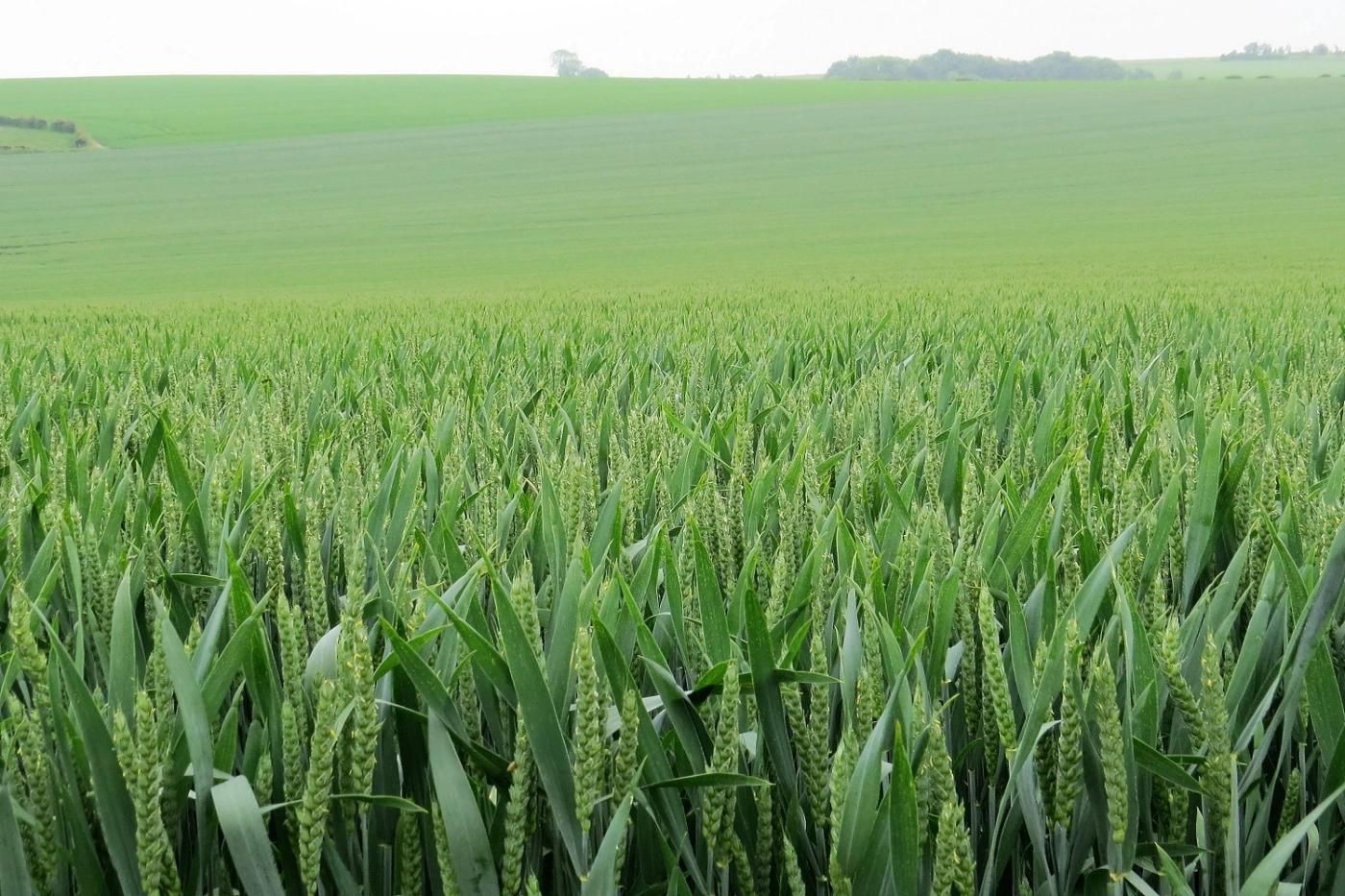
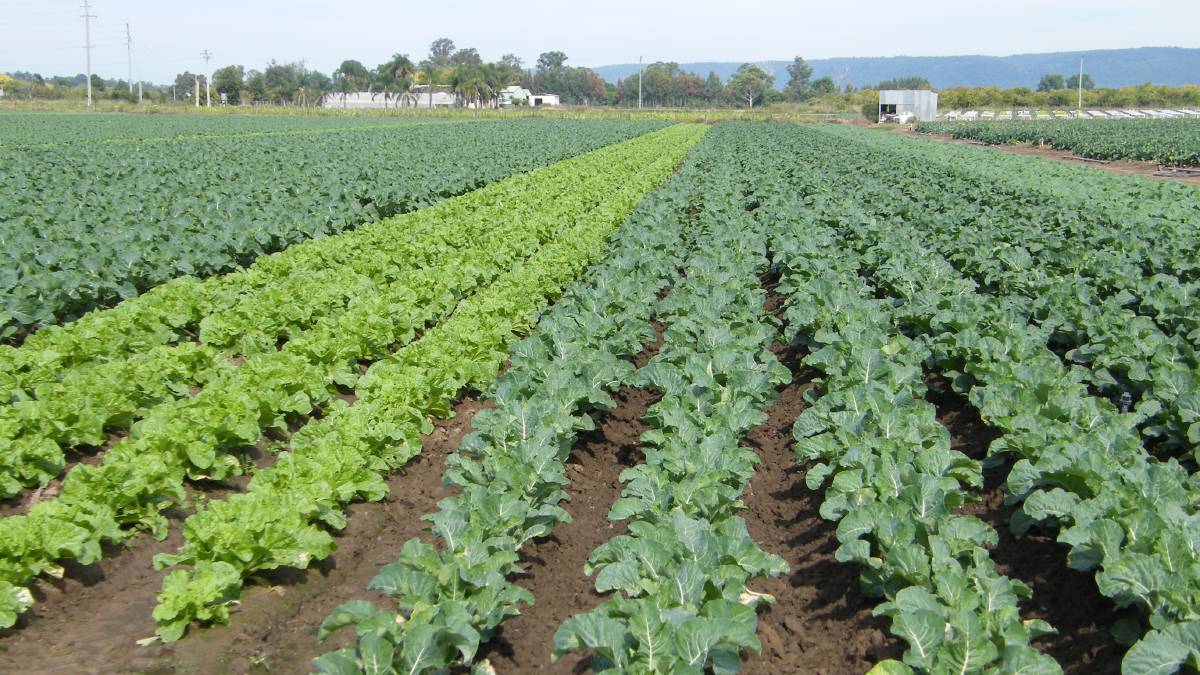
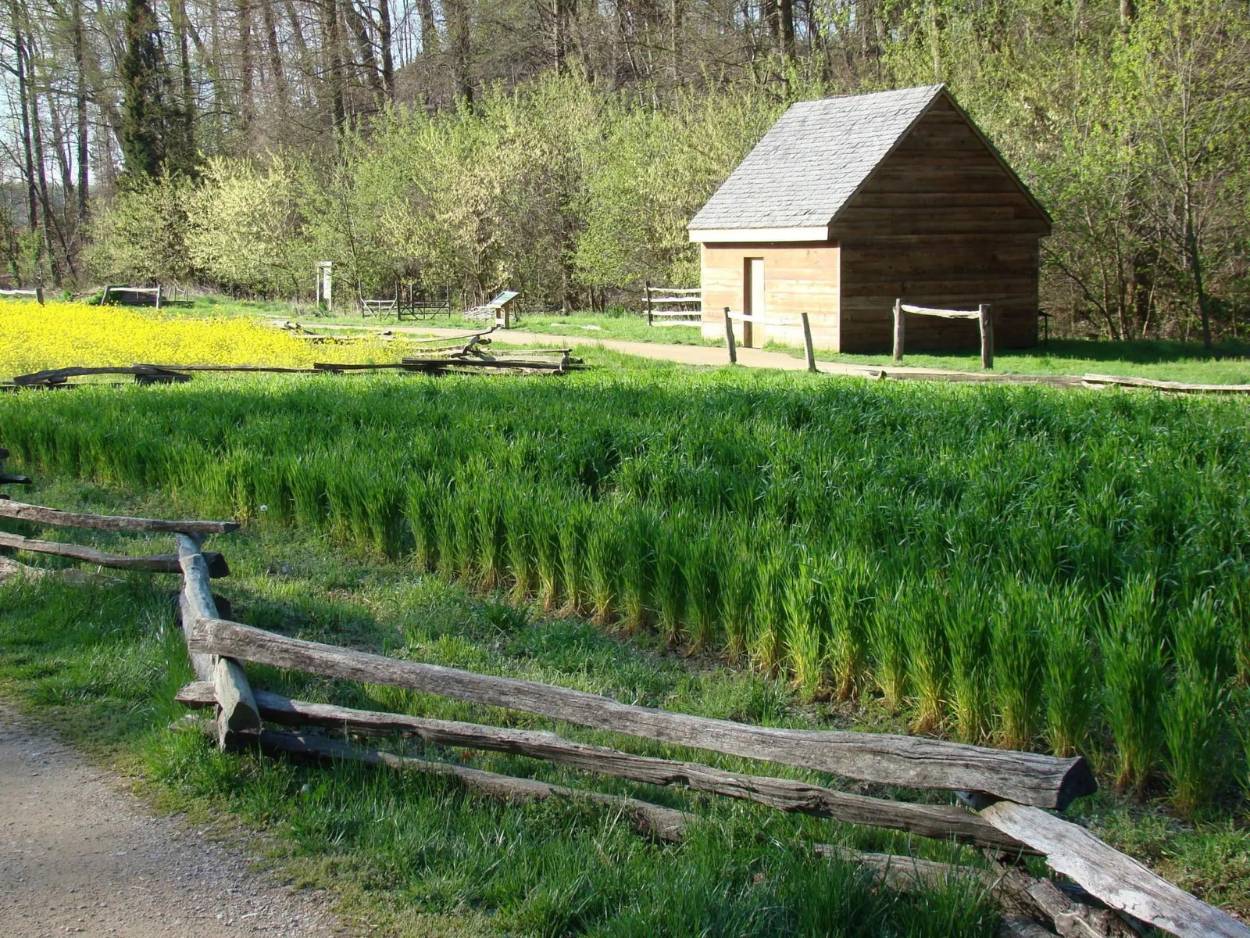



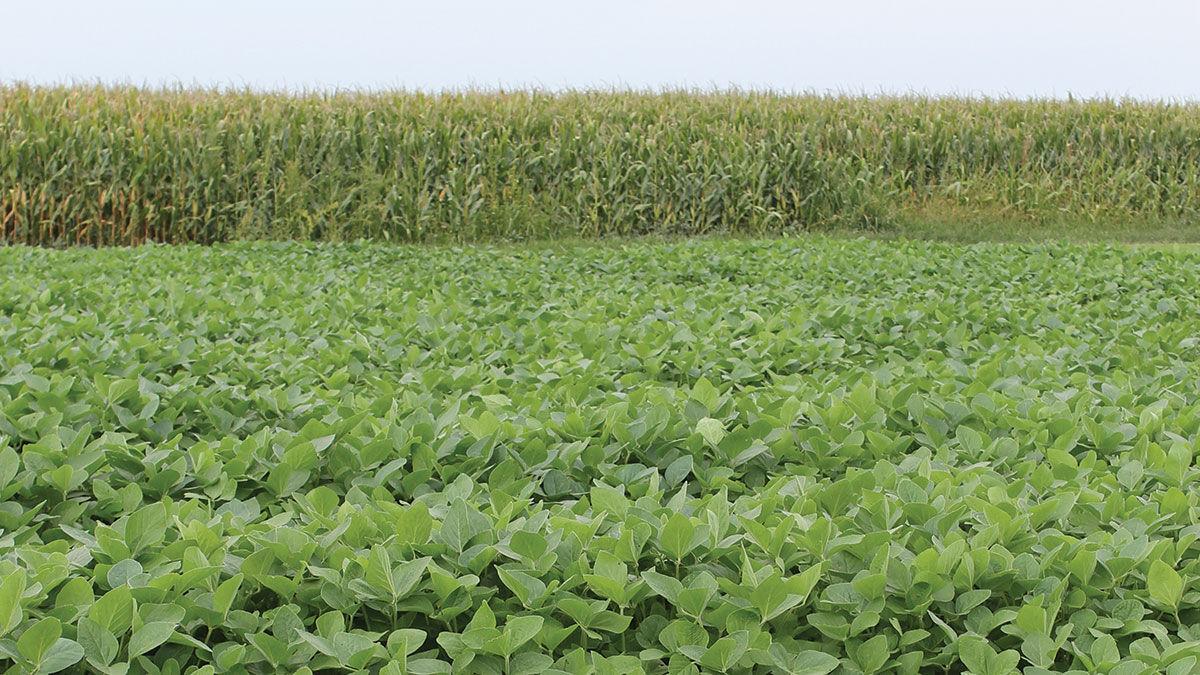


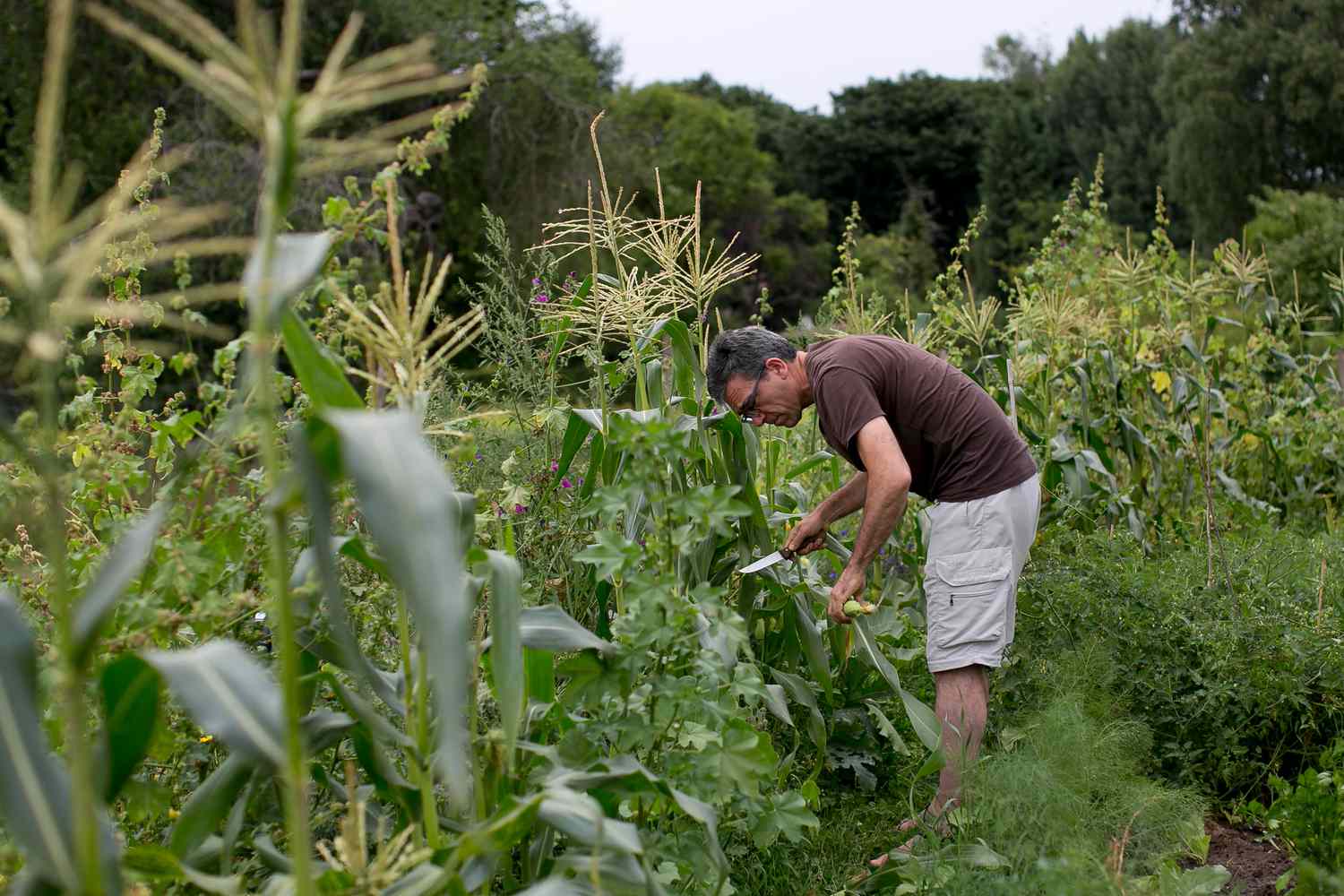
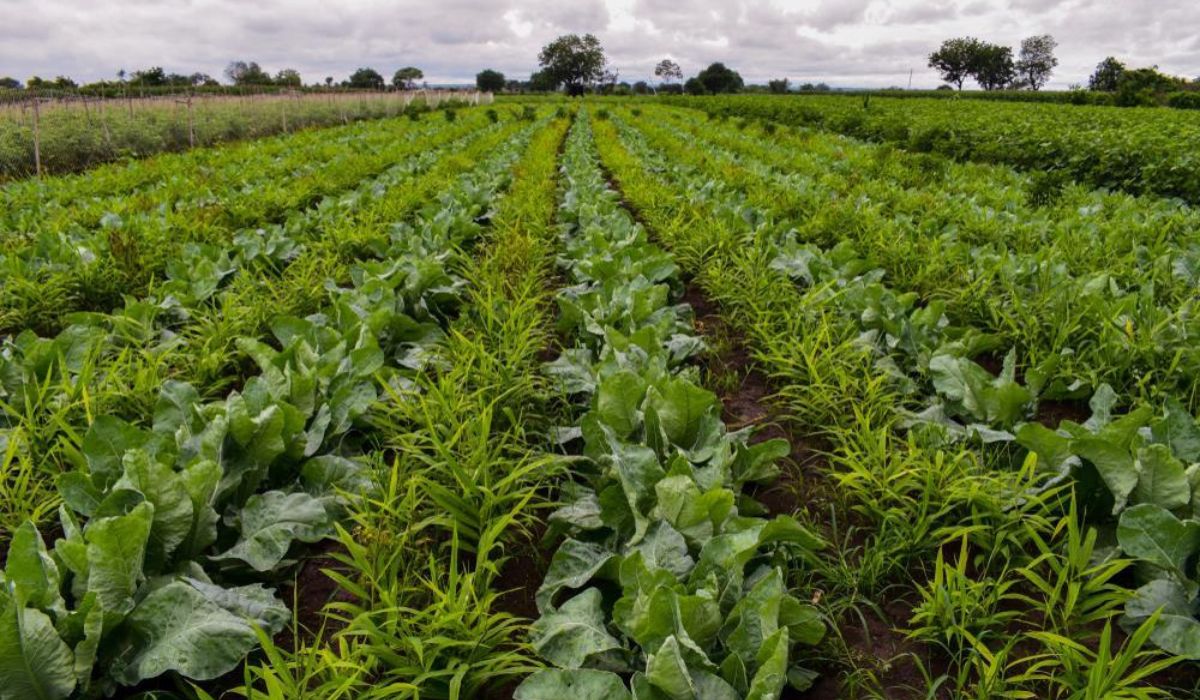

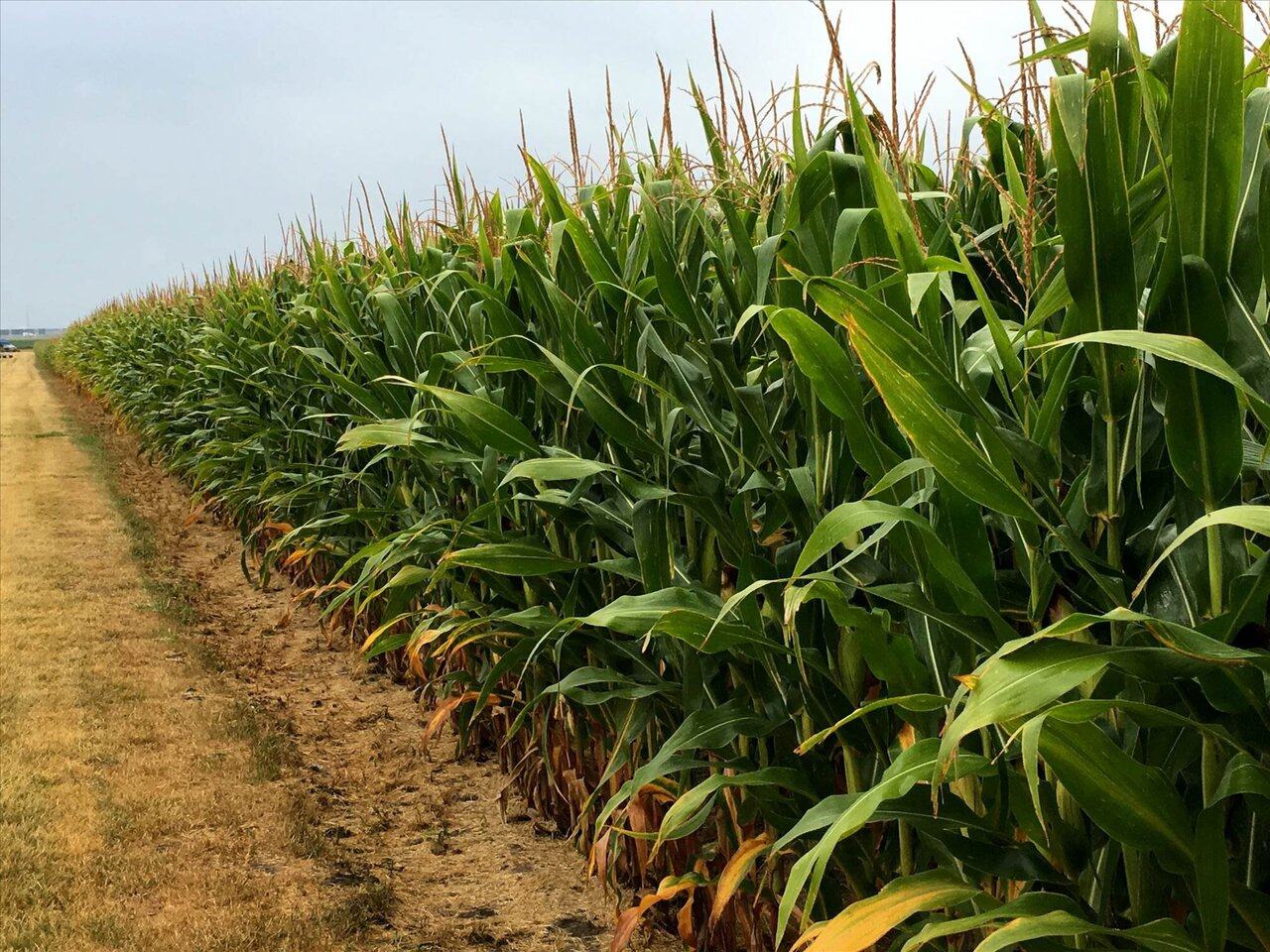
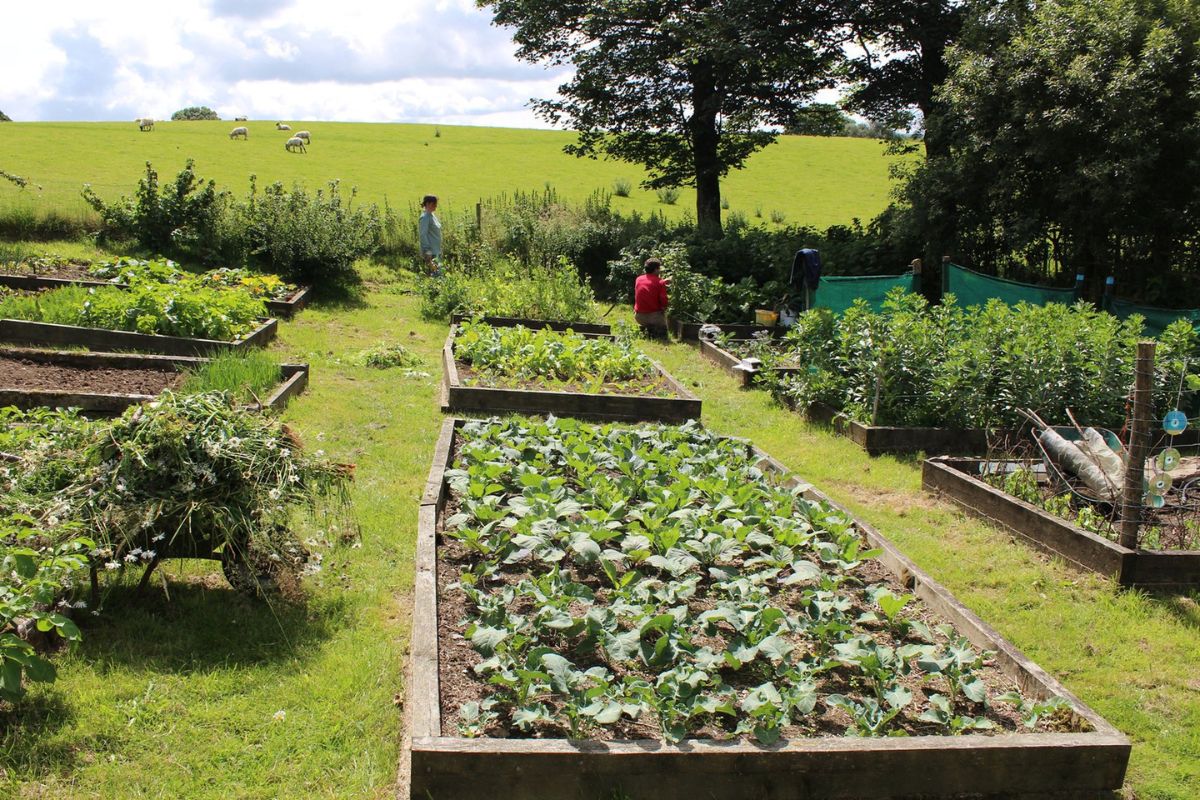

0 thoughts on “Who Made Crop Rotation? AP World”